In the intricate dance of nature, venom serves as a potent weapon for survival. For many creatures, it’s a means of defense or a way to incapacitate prey. While nature is wondrous and diverse, some animals can wield venom so potent that a single encounter may prove lethal. This article explores 20 such venomous animals that have the potential to kill a human in seconds, highlighting the power and mystery of these fascinating creatures.
20. Box Jellyfish

The box jellyfish, found primarily in the northern waters of Australia, is often lauded as the most venomous marine animal in the world. Its tentacles contain toxins that attack the heart, nervous system, and skin cells. Human encounters can quickly turn fatal without immediate medical intervention.
19. Inland Taipan

Nicknamed the “fierce snake,” the Inland Taipan is the most venomous snake globally. Found in Australia, its venom is specifically adapted to kill mammals, making it exceptionally dangerous to humans. Despite its lethality, it is remarkably shy and rarely encountered by people.
18. Stonefish
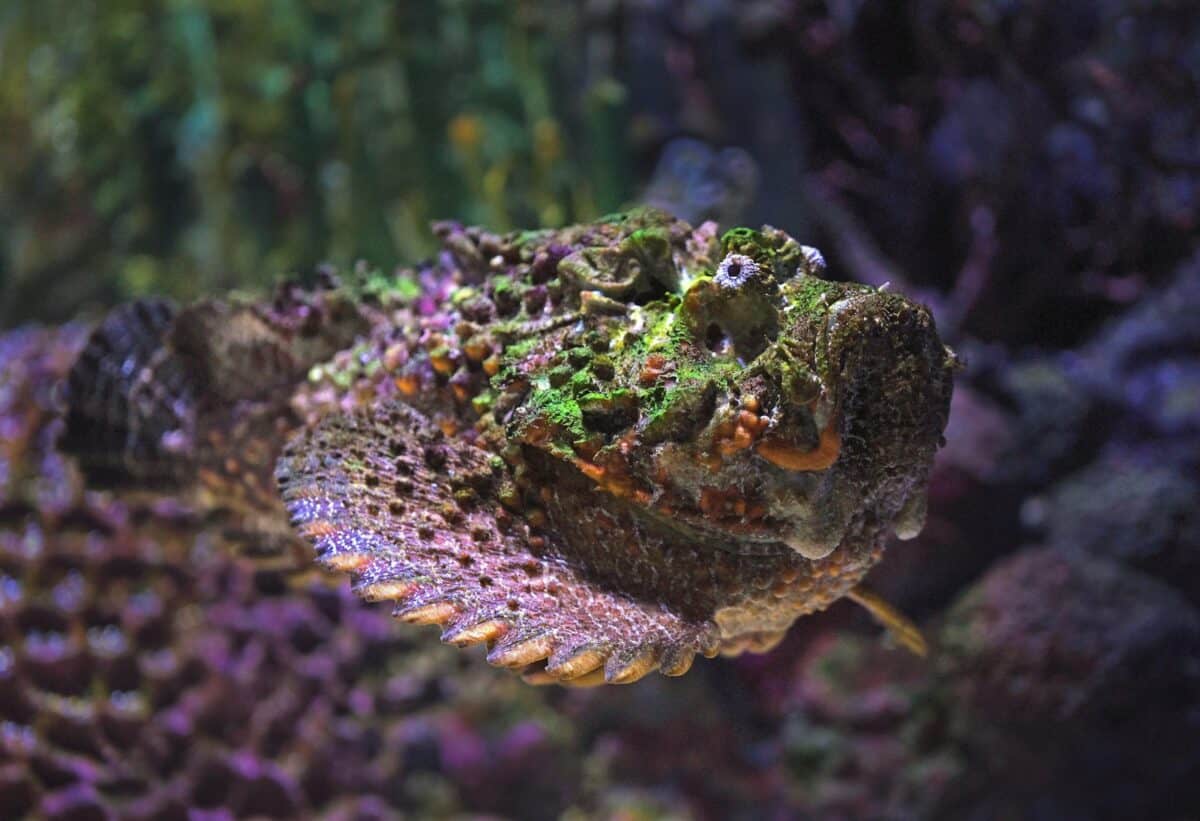
The stonefish is the deadliest fish in the ocean. Camouflaged among rocks, it can inject a lethal venom when stepped on, causing severe pain, paralysis, and potentially death. Immediate medical attention is advised to prevent serious injury.
17. Blue-Ringed Octopus

This tiny but formidable creature, the blue-ringed octopus, inhabits tide pools and coral reefs. Its venom can cause respiratory arrest and paralysis. Despite its small size, its colorful rings are a stark warning of its deadly potential.
16. Brazilian Wandering Spider
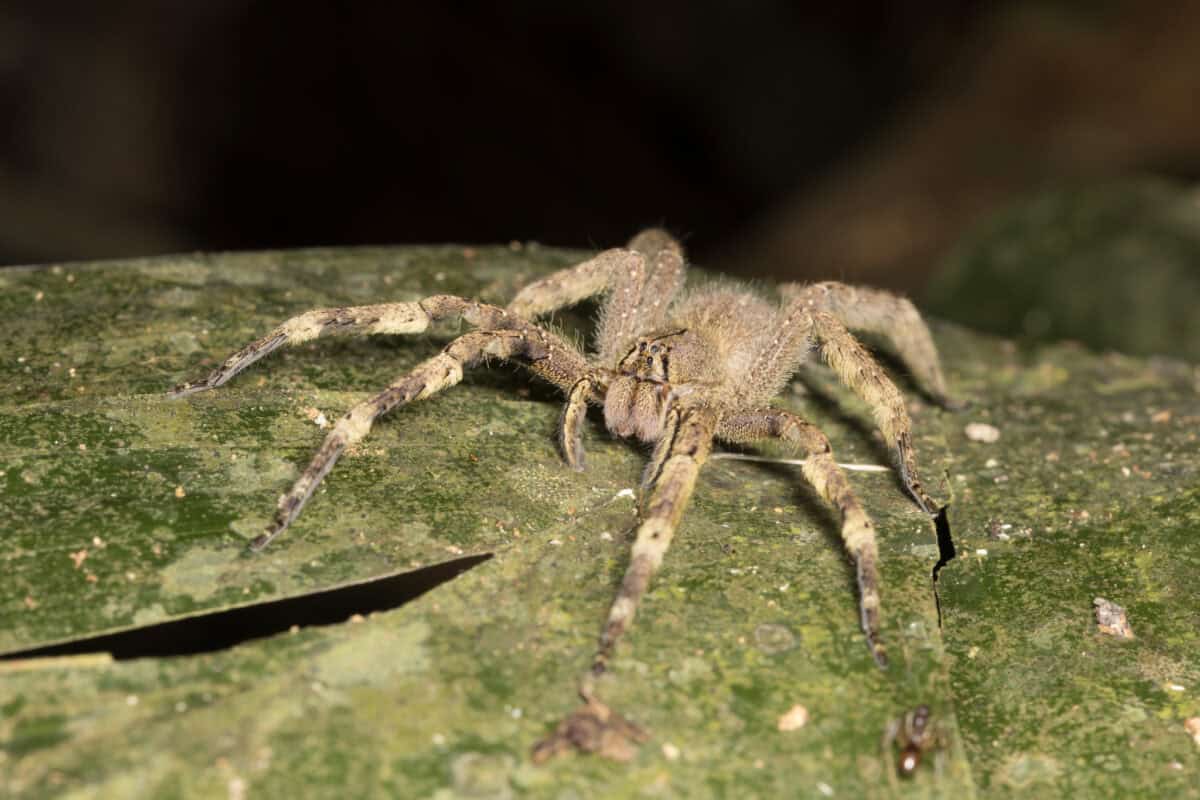
Considered the most dangerous spider in the world, the Brazilian wandering spider has venom that can cause human heart failure. Native to South America, its aggressive nature and potent toxins make it a creature best avoided.
15. Pufferfish

Often associated with delicacies like fugu, the pufferfish contains tetrodotoxin—a venom that can be up to 1,200 times more potent than cyanide. Ingestion can lead to muscle paralysis and even death, underscoring the need for careful preparation.
14. Indian Cobra
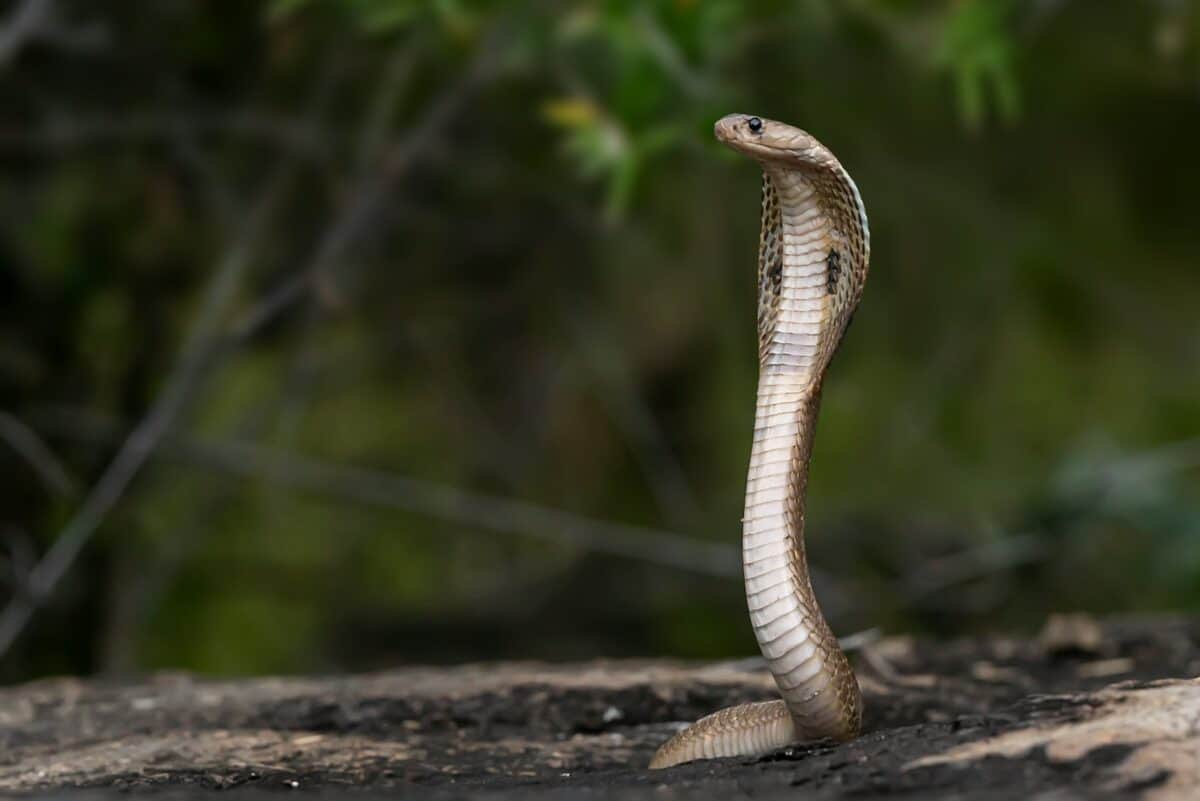
The Indian cobra’s venom can kill with alarming speed, causing respiratory failure or paralysis. It is revered in some cultures for its iconic hood and considered one of the “big four” snakes responsible for the majority of snakebites in India.
13. Deathstalker Scorpion
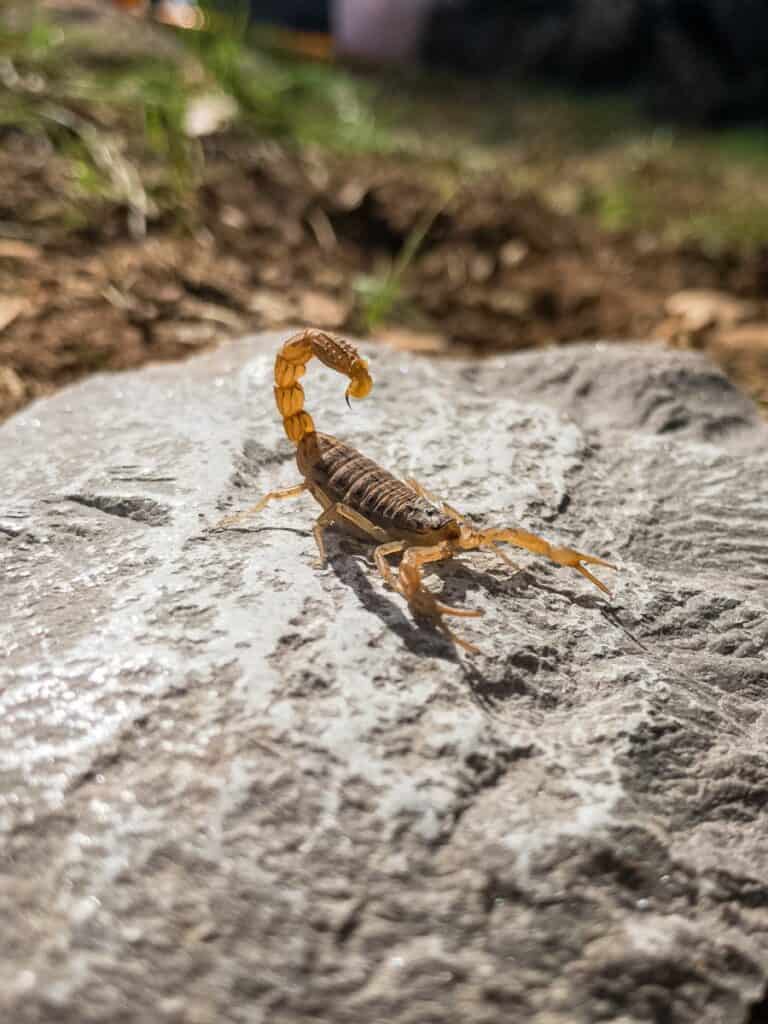
Inhabiting parts of North Africa and the Middle East, the deathstalker scorpion’s venom is an extremely potent cocktail of neurotoxins. While fatalities are rare due to medical advancements, its sting is incredibly painful and can be life-threatening to children and those with compromised immune systems.
12. Funnel-Web Spider

Primarily found in Australia, the funnel-web spider is one of the deadliest arachnids. Its venom can attack the human nervous system effectively and quickly. Fortunately, antivenom has dramatically decreased fatalities in recent years.
11. Marbled Cone Snail

In the warm waters of the Indo-Pacific, the marbled cone snail carries venom capable of paralyzing prey almost instantly. Although it fascinates with its intricate shell patterns, its sting can lead to respiratory failure and death in humans.
10. Krait Snake

Kraits, particularly the banded krait, hold notoriety for their sinister neurotoxic venom. Found in Asian regions, their nocturnal nature and potent bite make them highly dangerous, though they are generally shy and avoid human contact.
9. Sea Snake
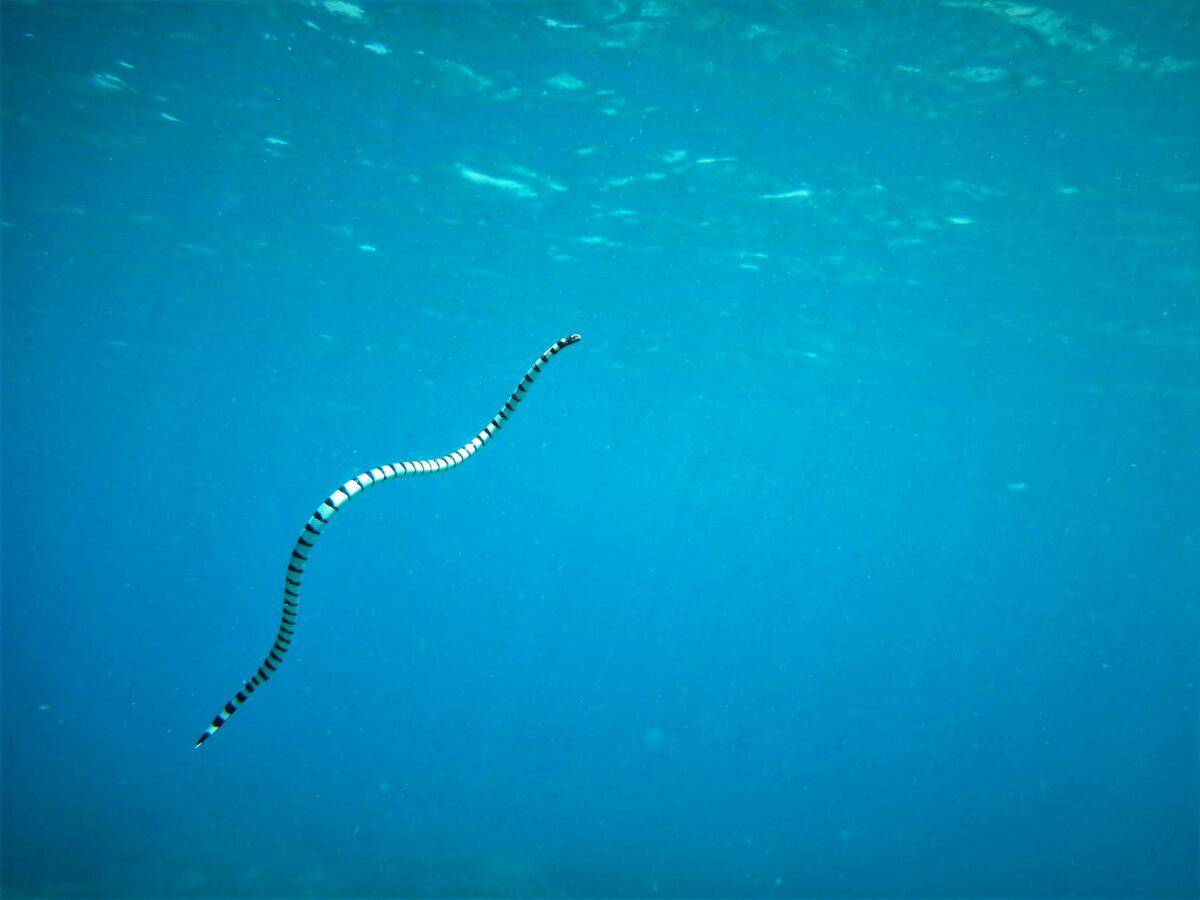
Sea snakes, inhabiting tropical ocean waters, possess venom more toxic than terrestrial snakes. While human encounters are rare, their venom can cause muscle pain, paralysis, and death if one is bitten without treatment.
8. King Cobra
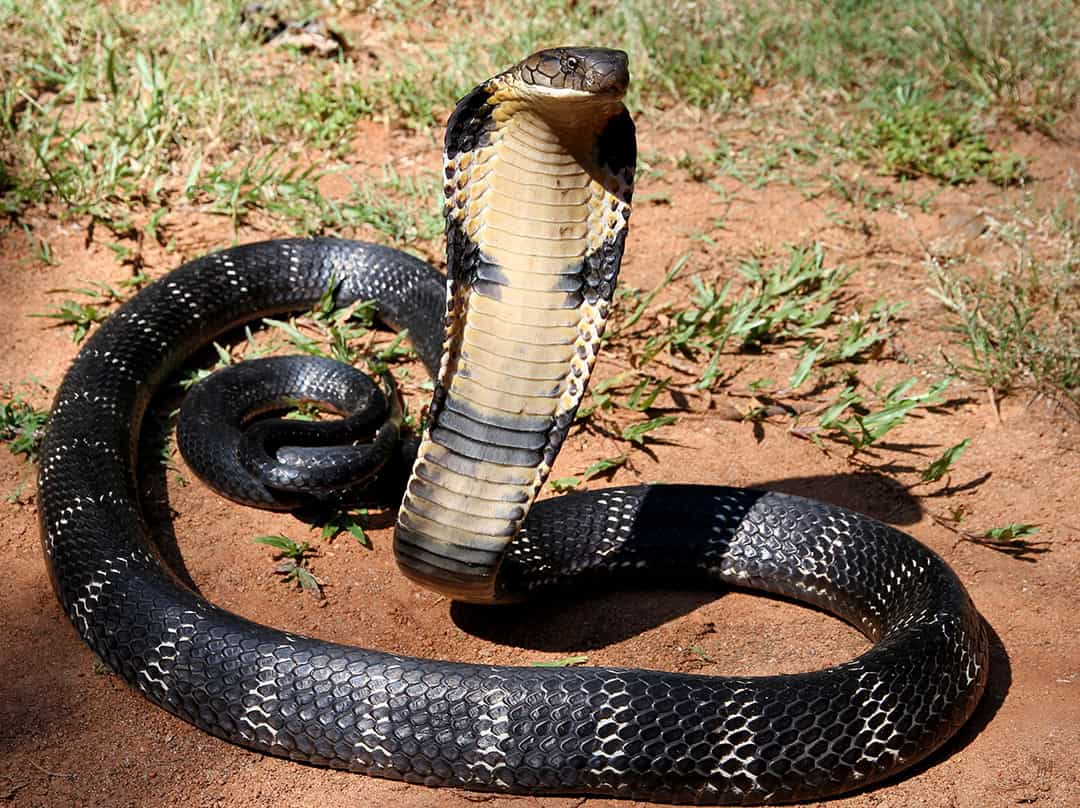
The king cobra, an emblem of deadly efficiency, can deliver a fatal dose of venom in a single bite. As the world’s longest venomous snake, it lives primarily in rainforests and plains of India and Southeast Asia, dispatching its prey with calculated precision.
7. Black Mamba

The black mamba, one of Africa’s most feared snakes, is known for its speed, aggression, and lethal venom. Known to cause a human heart to stop in as little as 20 minutes, it’s a creature that commands respect and caution.
6. Pfeffer’s Flamboyant Cuttlefish

This remarkable cuttlefish is not just visually stunning but also highly toxic. Its body contains toxins that can be deadly, though it is not typically aggressive towards humans.
5. Komodo Dragon

While not traditionally classified solely as venomous, the Komodo dragon’s bite delivers venom that prevents blood clotting, leading to shock and death. These massive lizards hold sway over their Indonesian islands with their potent mix of bacteria and venom.
4. Cone Shell
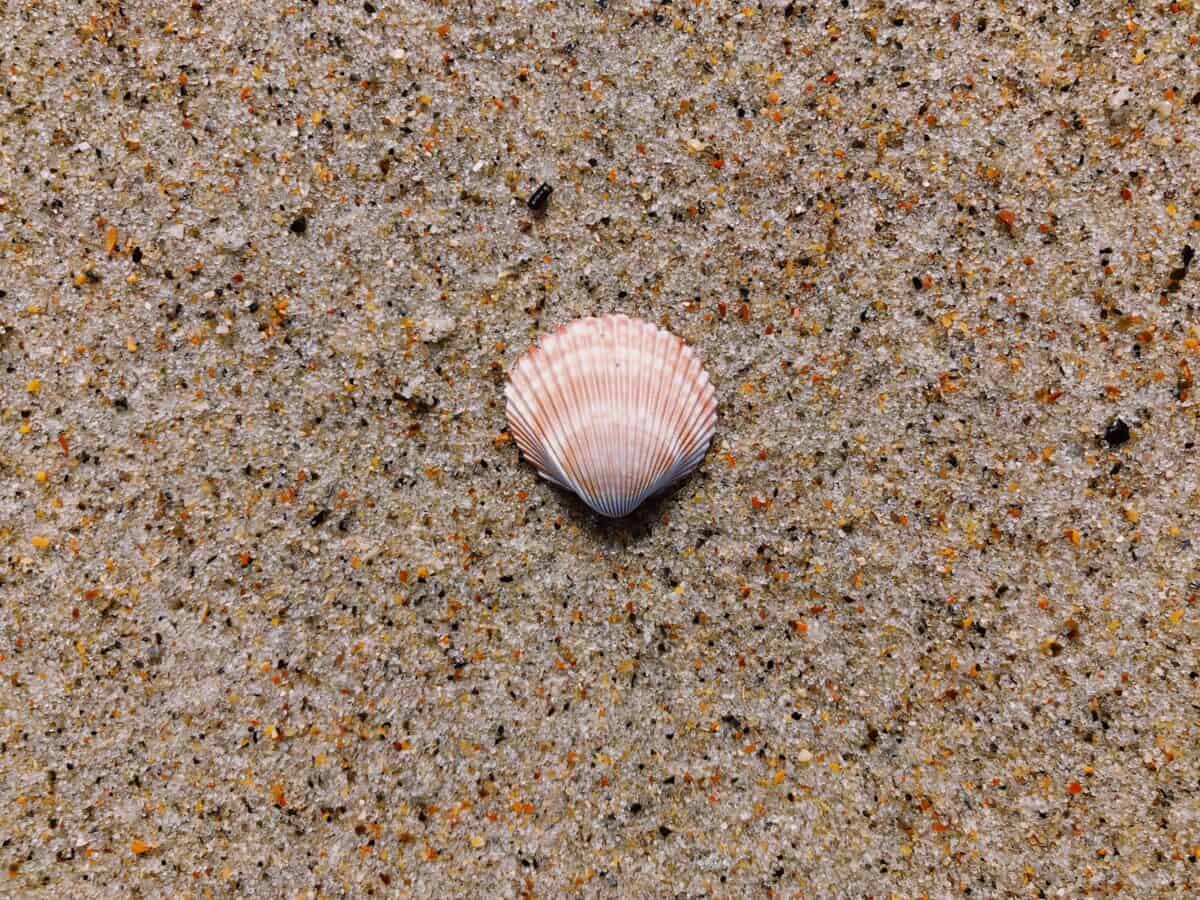
Cone shells, elegant yet deadly, have a harpoon-like tooth equipped with venomous toxins. While they inspire wonder with their beauty, an encounter can be lethal without immediate medical care.
3. Cassowary

Although not venomous, the cassowary is included due to its capability to inflict fatal injuries. Known as the world’s most dangerous bird, it has razor-sharp claws that can slice through flesh with ease.
2. Asian Tiger Snake
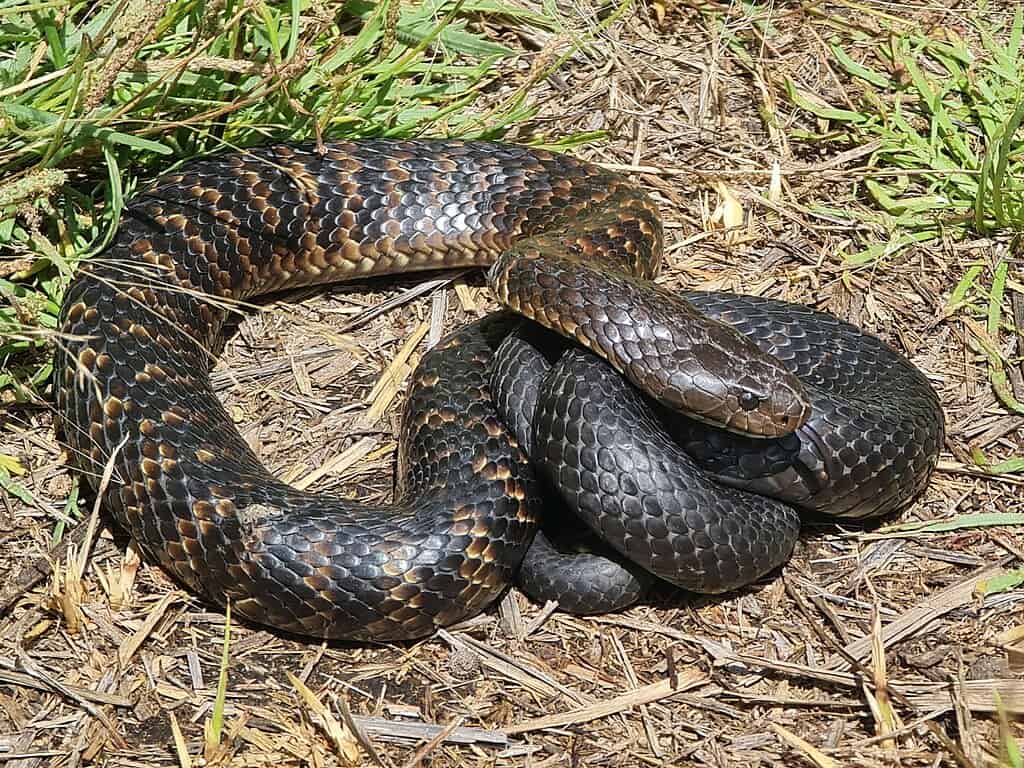
Unique among venomous snakes, the Asian tiger snake is both venomous and poisonous. While it can inject venom through a bite, it can also secrete toxins, offering a double threat.
1. Gila Monster

Hailing from North America, the Gila monster is one of the few venomous lizards. It uses potent venom delivered through grooved teeth to incapacitate prey, though human encounters rarely result in fatalities.
The natural world is filled with creatures that inspire awe as much as fear. Understanding these venomous animals and respecting their habitats contributes to our safety and conservation of biodiversity. While an encounter with these animals could potentially end in tragedy, they remind us of nature’s powerful balance and the need to coexist respectfully with all its inhabitants.
- 10 Creatures That Can Survive in the Harshest Places on Earth - August 19, 2025
- This Whale Sings in a Unique Pitch - August 19, 2025
- 10 Ways Dogs Know Their Owners Are Sick Before Doctors Do - August 19, 2025

